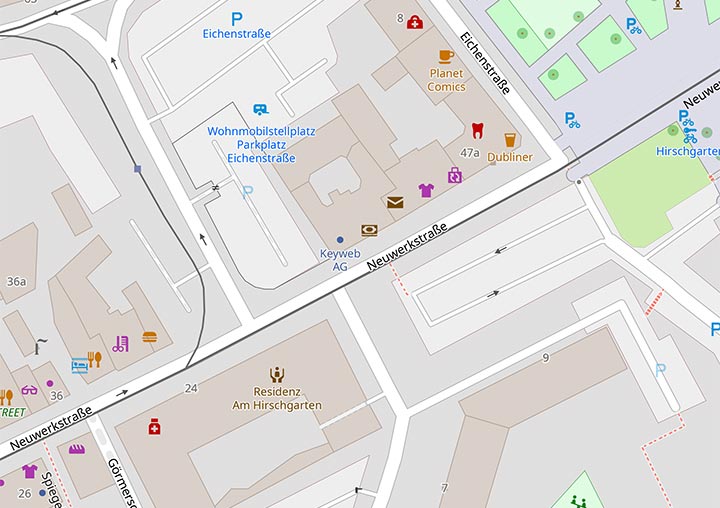
Do you have a specific enquiry about your server systems or need technical assistance? Contact our IT specialists directly.
Then get in touch with us right away! We are here for you – by phone, chat, email or ticket system!
Do you need support for the implementation of a project or are interested in a specific product?
Our professional staff will advise you attentively, individually and professionally.
from Monday to Friday
8 am to 5 pm
Phone: 0361/6 58 53-55
Email: sales@keyweb.de
For general information and details, please contact our Keyweb Service.
from monday to friday
8 am to 5 pm
Phone: 0361/6 58 53 0
Email: info@keyweb.de
You have a technical concern and need help regarding your hosting product? Our first-class support is available to you around the clock, 365 days a year
via the ticket system and the customer panel.
Would you like to contact us additionally after opening a ticket?
Please have the reference number and your telephone password ready.
If you have any questions about your contract or your bill, our accounts department will be happy to provide you with information.
from monday to thursday
7.30 am to 3 pm
and friday
from 7.30 am to 1 pm
Phone: 0361/6 58 53-72
Email: buchhaltung@keyweb.de
You can find helpful answers to many customer questions in our FAQ section via the search function or clearly arranged by topic.
In our video tutorials we give you step-by-step instructions on how to use our hosting and server products.
In our download area you will find what you are looking for! Whether templates, forms, important documents or brochures – download it conveniently.
In our download area you will find what you are looking for! Whether templates, forms, important documents or brochures – download it conveniently.
Which services you receive, when and to what extent, as well as all important general conditions for your hosting services at Keyweb, can be viewed by you at any time in our SLA.

Keyweb AG
Neuwerkstraße 45/46
D-99084 Erfurt
Phone: +49 361/6 58 53 0
Fax: +49 361/6 58 53-88
Handelsregister Jena, HRB 112403
Ust.IDNr: DE813479530
Chairman of the board: Frank Nowag